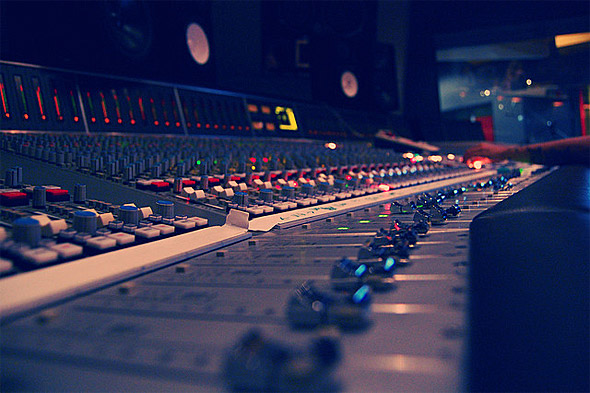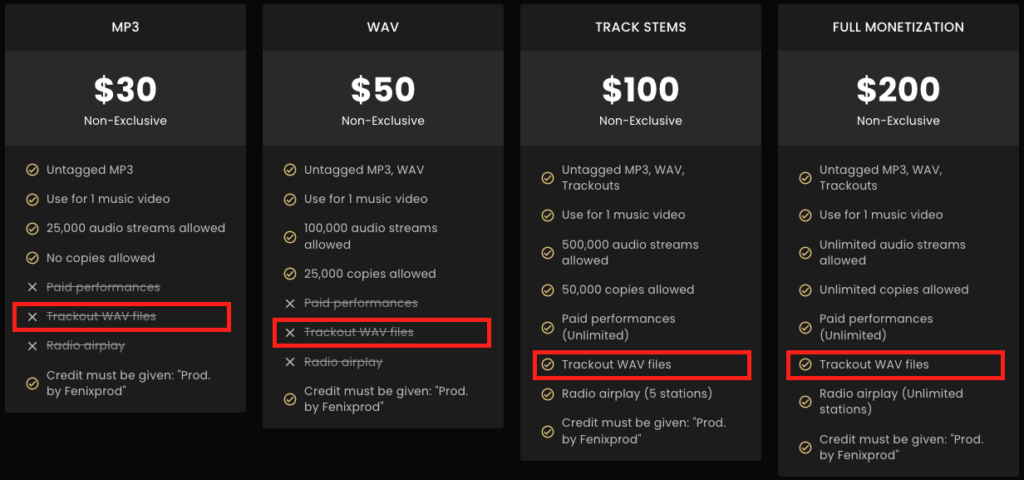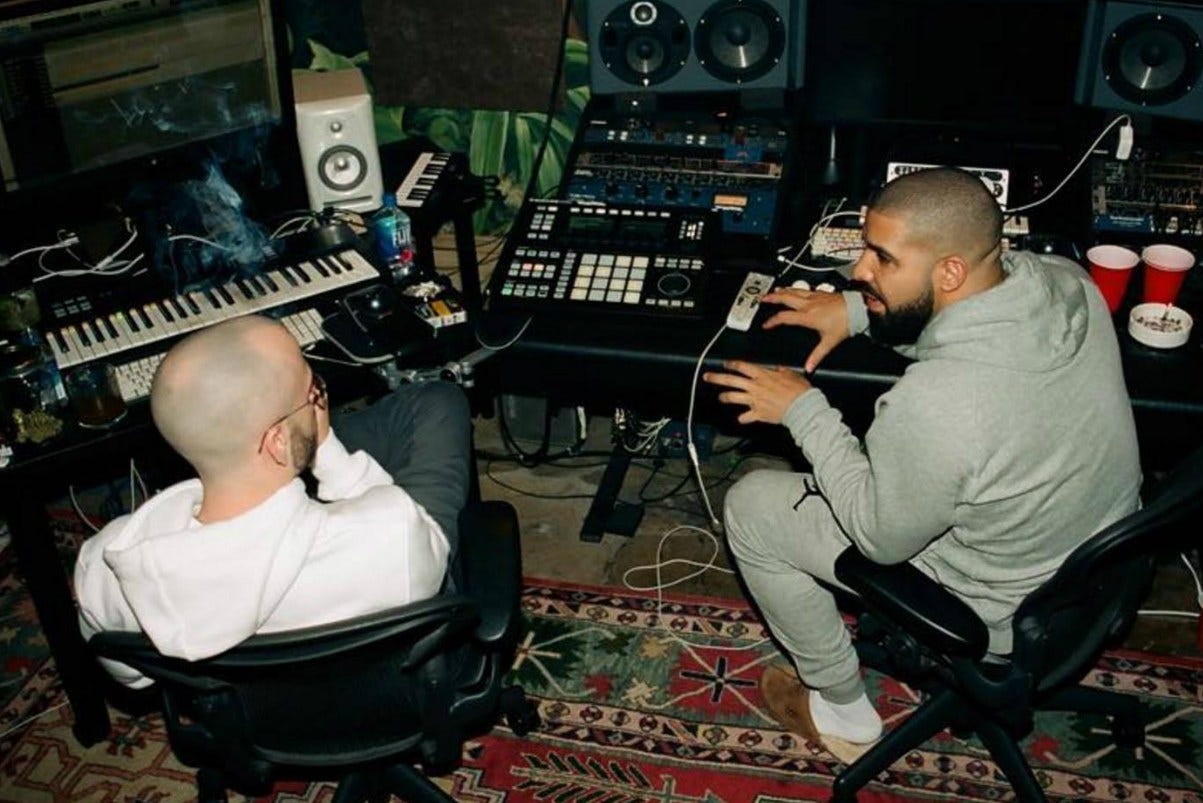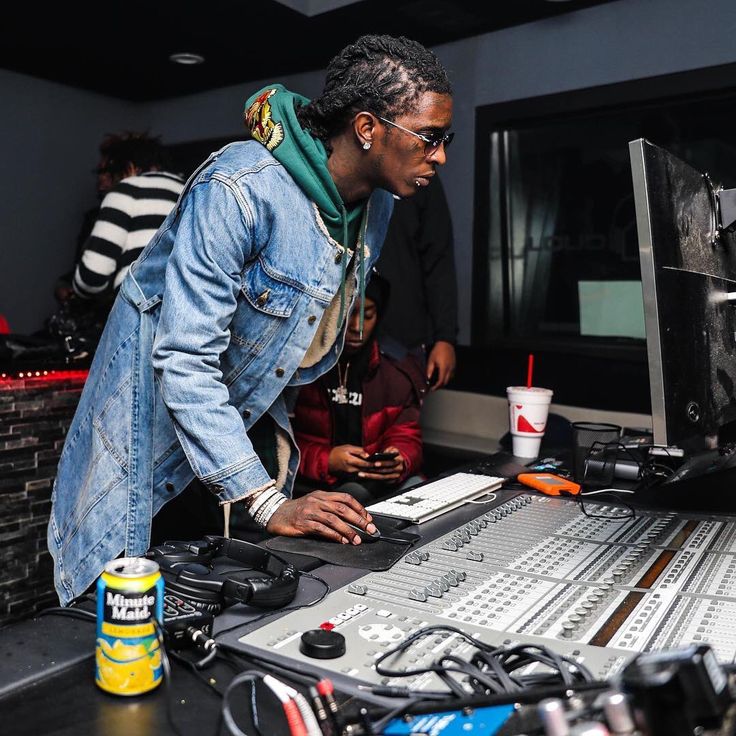Buying beats online has never been easier — but it’s also never been more confusing.
In today’s digital music landscape, thousands of producers sell instrumentals across platforms like BeatStars, Airbit, and YouTube. While this gives artists more options than ever before, it also opens the door to costly mistakes. For newer artists especially, understanding the process of buying beats is crucial — one wrong move can waste valuable time, money, and creative energy. Knowing what to look for before making a purchase can save you from major headaches down the line.
Here are the top 5 mistakes artists make when purchasing music online, and how you too can avoid them.
1. Not Reading the License Terms Carefully
It’s one of the biggest and easiest mistake to make – hitting “Buy Now” without realizing what you’re actually signing up for. A lot of new artists don’t acknowledge the small details in the license agreement which can cost them later.
What happens:
A beat lease usually grants limited rights, meaning you can record on the song, release it on streaming services, but only sell a certain set number of copies. At the end of the day, the producer still owns the instrumental. Once the lease expires (for example, after two years or 250,000 streams), your rights to use that beat legally end. You’ll have to get in contact with the producer of the beat to renew or upgrade your license, and if you don’t do this your song could be taken down or potentially legal trouble.
How to avoid it:
- Always read the license agreement or the producer’s terms before purchasing.
- Look for details about commerical use, distribution limits, and performance rights.
- If in doubt, reach out to the producer to clarify what’s included.
2. Ignoring the importance of Track Stems
Not all beats come in the same format. Producers usually sell their beats as MP3s, WAVs, or tracked-out stems — and those differences matter more than you might think. Choosing the right format can make or break the final quality of your song.
Why it’s a problem:
If you only buy the MP3, you are missing out on so much potential quality in your track. Your engineer won’t have much flexibility when mixing vocals to blend into the beat. Stems, which are the individual parts of the beat (drums, bass, melodies) – give you more control and simply the process to achieve a cleaner, more professional sounding track.
Pro tip:
- If you’re serious about releasing a song, purchase the version that comes with WAVs or stems. Trust me – that extra money you spend will go a long way in making your song sound professional.
3. Using Tagged Beats in Official Releases
We’ve all heard it — songs that still have the producer’s tag in the beat saying things like “Purchase this beat today!” or “Produced by…” left in. It instantly takes away from the professionalism of the track and makes it clear the artist didn’t secure the proper license.
Why it’s a problem:
Releasing a song with a tagged beat isn’t just unprofessional — it’s also illegal. Those tags exist to protect the producer’s work until the beat is properly licensed. Once you purchase the correct license, the producer will send you the untagged version for official use. Uploading or monetizing a tagged beat you haven’t paid for can lead to your song being taken down or hit with copyright claims. Protect your music and your reputation by always clearing your beats the right way.
Do this instead:
If you really like a tagged beat, don’t just rip it and hope for the best — that’s one of the worst moves you can make as an artist. Instead, reach out to the producer and purchase the proper license. Most producers are open to working with artists and often offer flexible pricing or lease options that fit different budgets. Once you secure the license, you’ll receive the untagged version of the beat and gain the legal right to market, release, stream, and profit from your music. It’s a simple step that keeps your work professional and protects both you and the producer.
4. Not Crediting the Producer Properly
Many artists forget that producers are a vital part of the creative process. They help shape the sound, mood, and direction of a song just as much as the artist does.
Why this matters:
Giving proper credit — like adding “Prod. by [Producer Name]” — goes a long way in building strong relationships and showing respect within the music community. It not only gives producers the recognition they deserve but also helps establish trust and credibility for you as an artist. In fact, many licenses require you to include the producer’s name in all song credits, descriptions, and uploads, so always make sure you do it right.
Always list the producer in:
- The song title or metadata
- Streaming platform credits
- YouTube descriptions or social media captions
5. Overpaying for Exclusives Too Early
It’s easy to be drawn to exclusive rights — after all, who doesn’t want full ownership of their beat? But for newer artists, that kind of investment doesn’t always make sense. Leased beats can give you the same creative freedom at a fraction of the cost.
The issue:
Exclusive beats can run you anywhere from a couple hundred to a few thousand dollars. But if you don’t already have fans streaming and promoting your music, chances are you won’t see a return on that investment.
The better approach:
Start with non-exclusive leases to see how your audience reacts to your music. Once you start gaining real traction, then it makes sense to invest in exclusive rights for the songs that show the most potential. This approach lets you build momentum, save money, and focus your resources on the tracks that truly connect with your listeners.





